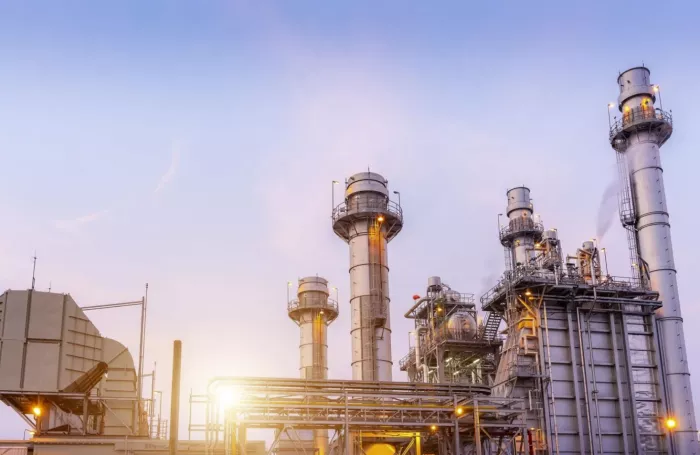The authors of the new technology paper said that in order to prove the ability of the new membrane, they studied the mixture of carbon dioxide and nitrogen because the carbon dioxide / nitrogen dioxide mixture is particularly relevant in reducing greenhouse gas emissions from power plants. Studies have shown that they can greatly improve the selectivity of the membrane to remove carbon dioxide while retaining relatively high carbon dioxide permeability.

This carbon dioxide filter membrane can be used in any situation where carbon dioxide needs to be removed from the gas mixture, whether in biomedical applications or from the air of submarines. Because membranes do not occupy physical space, they can be made into various sizes and can be easily replaced, they are an attractive technology for removing carbon dioxide from gas mixtures.
Another technology often used to remove carbon dioxide is chemical absorption, which involves bubbling a gas mixture through a column containing liquid amine, which removes carbon dioxide from the gas. However, absorption technology covers a significantly larger area, and liquid amines are often toxic and corrosive.
The function of these membrane filters is to allow carbon dioxide to pass through the membrane faster than other components in the gas mixture. Therefore, the gas flowing out from the other side of the membrane has a higher proportion of carbon dioxide than the gas entering the membrane. By capturing the gas flowing out of the membrane, more carbon dioxide is captured than other components.
A long-term challenge for such membranes is the trade-off between permeability and selectivity. The higher the permeability, the faster you can let the gas through the membrane. However, when the permeability increases, the selectivity decreases, which means that nitrogen or other components will also pass through the membrane quickly. Reduce the ratio of carbon dioxide to other gases in the mixture. In other words, when selectivity decreases, you capture relatively little carbon dioxide.
The research team from the United States and Norway solved this problem by growing chemically active polymer chains that are both hydrophilic and carbon dioxide friendly on the surface of existing membranes. This increases the selectivity of carbon dioxide and leads to a reduction in permeability.